Full Guide To Amazonite vs. Turquoise (This Is The Difference)

Amazonite and turquoise are two stones that are often confused. Though they have a similar look, there are some distinct differences. Not only in their appearance but also in their metaphysical use.
Amazonite and turquoise can have the same blue tint, appearing similar. Amazonite often has white stripes, whereas turquoise has a consistent color, perhaps with some dark veining. Turquoise is softer than amazonite. Each stone is associated with different zodiac signs, elements, ruling planets, and chakras.
Continue reading if you want more in-depth information on the (meta)physical difference between these stones, as well as how to care for each of them.
Also Read: Chrysocolla vs. Turquoise: What’s the Difference?
Want more help or information? If you have any more questions after reading this blog post or want a personal answer for your specific situation, join the free Facebook group! We promise you’ll get an answer from either our team members or a community member.
Amazonite vs. Turquoise – How To Tell The Difference
To tell the difference between amazonite and turquoise, we can look at the color, pattern, clarity, and shape of a stone. Below we’ll dive deeper into each of these aspects.
Color
These two stones are confused primarily due to their greenish-blue color. Amazonite is green in color, with blue hues caused by the presence of lead or iron within its composition. Amazonite is identified as bluish-green or sometimes greenish-blue, but this is a rare variety). The color of the stone may be pale or vibrant.
Turquoise is also a greenish-blue stone that looks almost too similar to amazonite. The colors on the stone range from light blue to a bluish-green tone. The sky blue turquoise is the most valued of them all. The color variations on this stone are dependent on the zinc or iron present in the stone.
Pattern and Clarity
The imperfections within the stone determine its quality. Amazonite has grayish or cream swirls all through the stone. Streaks and inclusions are common with amazonite. These flaws may be insignificant or dominant in the stone. The inclusions and spots result from feldspar or white quartz content in the amazonite. The stone’s luster is vitreous, and transparency may be translucent or opaque. The inclusions on amazonite are often white.
Turquoise can have white streaks within the stone and black or brown inclusions on them, depending on the circumstances of their formation. Due to weathering, the stone is opaque in transparency with a waxy to dull luster.


Hardness
Both stones are reasonably durable for use in jewelry and carvings. Amazonite rates 6- 6.5 on the Mohs scale. However, this stone is brittle and susceptible to breakage because of its cleavage. The hardness of this stone means that it can get scratched or damaged when worn daily.
Turquoise stone hardness will range between 3 and 6 depending on the treatments done on the stone. Stabilization treatments are done on fragile turquoise stones to improve durability, especially in jewelry. With turquoise having such a low rating, it is essential to treat the stone with care by keeping it away from water, salt, or chemicals.
- Also Read: “Can Amazonite Be In The Sun?“
Chemical Composition
Amazonite is a silicate, while turquoise is a phosphate. Amazonite is a green potassium-rich tectosilicate mineral that contains potassium, aluminum, silicon, and oxygen. Amazonite belongs to the microline feldspar group of minerals.
On the other hand, turquoise is a copper and aluminum phosphate that contains water in its composition. Turquoise may also occur as a secondary mineral from sedimentary rocks.
Location
These stones are readily available in various parts of the world. Amazonite was first found in Mesopotamia and Egypt. Today amazonite is found in Russia, Afghanistan, and Brazil.
Turquoise originated from New Mexico. Additionally, this mineral is found in various South American countries. The best quality turquoise comes from Egypt, Iran, and Mexico.
- Also Read: “Can Amazonite Go In Salt?“
Care
Care and cleaning are essential to benefit the properties embedded in the gemstone fully. Amazonite can be cleaned simply with dish soap and water. However, the cleaning process for these stones varies depending on whether the stone is treated or raw. After the cleaning process, treated amazonite stones should be polished to restore their luster.
Raw amazonite can be soaked in water for some time because it can withstand water without disintegrating. Discolorations on the stone can be removed by soaking it in strong acids like oxalic acid and then soaking it in water to prevent any acids from accumulating in the stone. However, beware that any stone that is exposed to water for a prolonged period of time, will likely turn dull.
Additionally, amazonite stones containing fluorite in the mineral composition may be discolored using such acids. Avoid acids on finished pieces like jewelry.
- Also Read: “Aventurine vs. Amazonite – What’s The Difference?”
If you want to avoid acids, amazonite can also be tumble cleaned among stones of similar hardness.
Turquoise can also be cleaned using soap and water. Pat the stone dry after washing instead of air drying. Treated turquoise pieces can be damaged by heat and mechanical cleaning systems. Lower quality turquoise changes color when it comes in contact with perfume, water, and oils.
Both stones will require cleansing and recharging to restore their energies. Recharging can be done by running it under water, and sunlight/moonlight to fill the stone with lunar and solar energies. Leave the rocks in the sun for a few hours or opt for moonlight which avoids the risk of altering their color.
As both stones utilize earth energies, they can be buried in the ground for the soil to soak up the unwanted energies.


Amazonite vs Turquoise – (Metaphysical) Properties
Amazonite and turquoise are believed to have potent healing properties, both spiritual and physical.
Beware that crystals are never a replacement for professional medical help. If you have any issues, see a doctor first.
Amazonite is believed to tackle the thyroid glands and the nervous system. Amazonite is also a reliable stone when dealing with past trauma and fatigue.
Additionally, amazonite is helpful in eliminating negative thoughts. The stone also balances masculine and feminine energies within us. Finally, amazonite stones help with boosting self-confidence and esteem.
Turquoise is believed to contain anti-inflammatory properties, and it’s suitable for treating allergies and stomach-related issues. Turquoise is also associated with the immune system and its ability to fight infections.
For spiritual healing, a turquoise stone aligns and balances the body chakras. Turquoise also helps with solution finding and self-awareness. Finally, you can use a turquoise stone to communicate between the spiritual and physical realms.
Chakra Association
When talking about chakras, we mean the 7 energy points on a person’s body. Each point represents a part of a person’s life:
- The root chakra (Muladhara): our sense of stability and security.
- The sacral chakra (Svadihsthana): the emotional body, sensuality, and creativity.
- The solar plexus (Manipura): self-esteem and your overall personal power.
- The heart chakra (Anahata): love for ourselves and the world around us.
- The throat chakra (Vishuddha): communication, self-expression, and trust.
- The third eye chakra (Ajna): our intuition, perception, and overall awareness.
- The crown chakra (Sahasrara): the connection to the divine, transformation, and clarity.
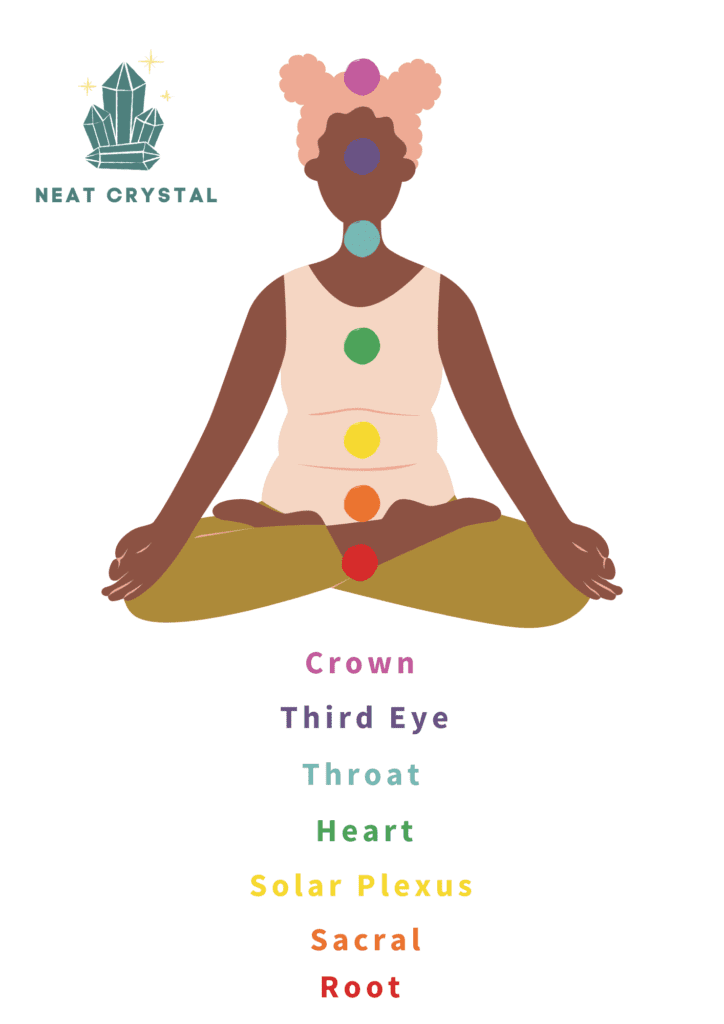
Every energy point is associated with certain gemstones that amplify its energies. Amazonite is associated with the heart and throat chakras, while turquoise stones primarily resonate with the throat chakra.
The heart chakra governs how we see the world and our ability to love ourselves and show empathy towards others.
The throat chakra serves as a connection and the communication facilitator for other chakras. The throat chakra encourages meaningful conversations and communicates our needs to our partners, especially in relationships.
- Also Read: “What Chakra Is Amazonite?“
Planetary Rulers
Crystals and planets are closely connected in astrology. Each planet has a different energy and so does every crystal. As a result, we can link crystals and planets with similar energies.
Planet Saturn rules amazonite. Saturn is the planet that governs how we interact with the world around us. Saturn brings about the rules that govern our daily lives, like discipline and structure.
Turquoise, on the other hand, is co-ruled by Venus and Neptune. Planet Venus deals with love, luxury and sensuality. Planet Neptune rules our spirituality.
Elements
Many cultures have developed the idea of elements to explain nature. In the west, this notion was created by the ancient Greeks and consisted of 5 elements: Earth, Air, Fire, and Earth. The Indian equivalent adds another element: Akasha, representing the foundation of the other elements.
The 4 elements represent the following:
- Earth for personal growth, stability, and security
- Water for love, friendships, and emotions
- Air for intellect, wisdom, and communication
- Fire for energy, passion, and action
Crystals draw energies from these elements. Amazonite and turquoise stones are both associated with the earth element. The earth element signifies growth and sustenance. Crystals linked to this element are mainly green, black, and brown. The earth crystals will help bring calm and safety in times of uncertainty.

- Also Read: What Element Is Amazonite?
Zodiac Association and Birthstones
Crystals related to our zodiac sign can give us strength and help us with our weaknesses and achieve our purpose in life. Amazonite is a stone closely related to Virgos and Aries zodiac signs.
Amazonite is not a birthstone. However, amazonite is ruled by Uranus, which also rules Aquarius. This stone’s qualities are also particularly beneficial to Virgo and Aries. Virgos are disciplined and passionate people. Aries, on the other hand, are courageous and determined individuals. Amazonite helps both of these signs to remain optimistic.
Turquoise is the traditional (Christian) and mystical (Tibetan) birthstone of December and is therefore beneficial to Sagittarius’ and Capricorns born in that month. It is also ruled by the same planet as Sagittarius: Jupiter. People of this zodiac are typically opinionated. These people may also be careless and judgmental, especially during a crisis. Turquoise comes in handy for Sagittarius because of its association with the throat chakra that enables communication.
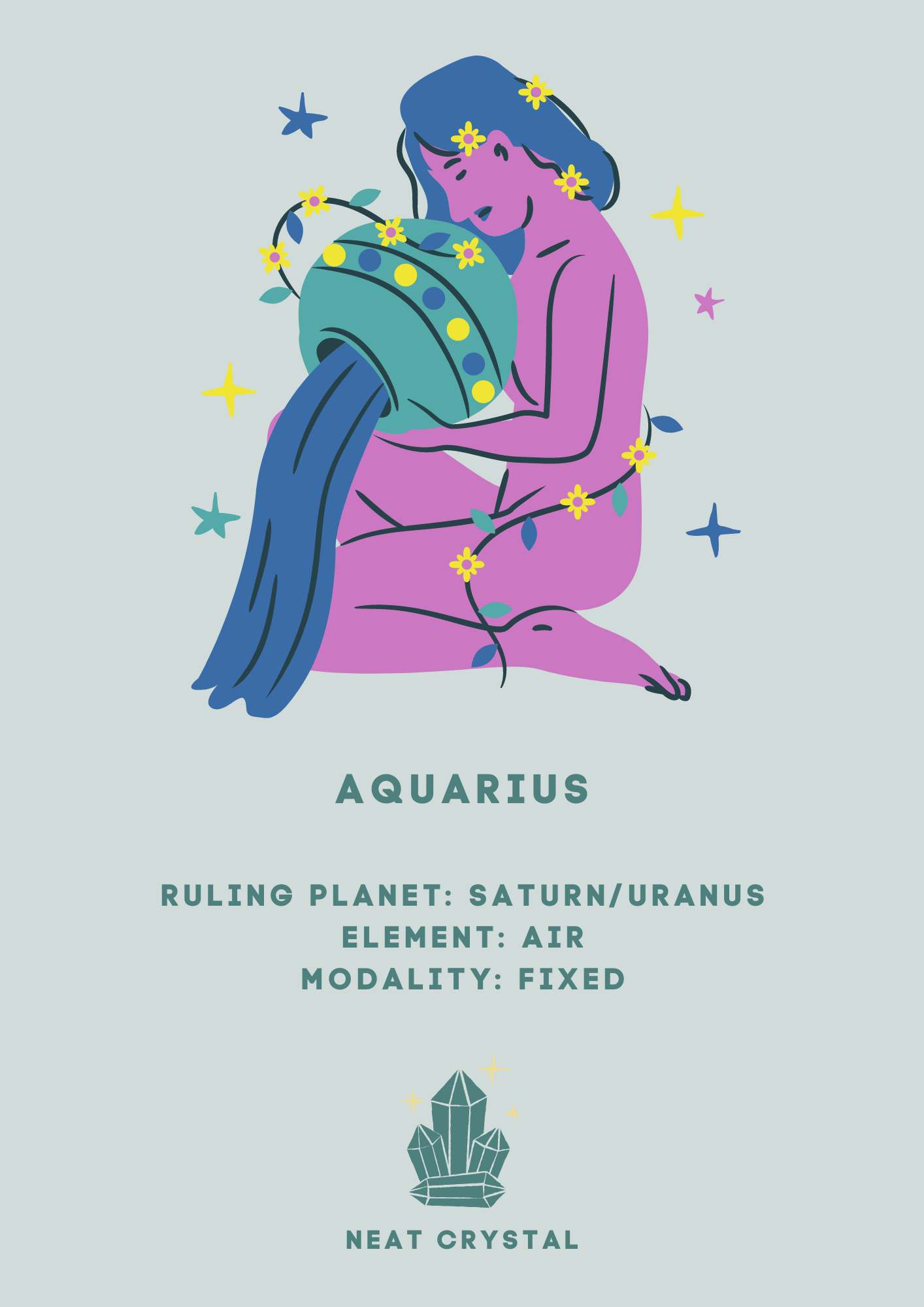




Folklore
Gemstones have been popular in use in ancient civilizations and the modern world. Amazonite has long been considered the stone of abundance. The stone is associated with the goddess Diana who was revered as the god of hunting, purity, and fertility. In ancient Egypt, amazonite was used to adorn precious artifacts.
Turquoise is one of the oldest gemstones used. The stone was used as talismans and amulets by Turkish and European soldiers. To date, turquoise is used in jewelry for protection purposes.
Best Combinations
Crystals are combined to harness their full potential.
Amazonite can be combined with chrysocolla or turquoise to activate and stimulate the throat chakra for better clarity and authenticity.
Black tourmaline paired with amazonite grounds energies and brings protection against magnetic radiations.
Turquoise paired with aquamarine is an excellent combination to activate the throat chakra.
Turquoise can be paired with lapis lazuli, labradorite, or apatite to open the energy flow within the third eye chakra. Chakras are interconnected, so alignment in one chakra changes the rest of the body’s chakras.
Malachite and turquoise are suitable for the heart chakra. The combination will be helpful to let go of feelings of resentment and guilt and help you with self-acceptance.
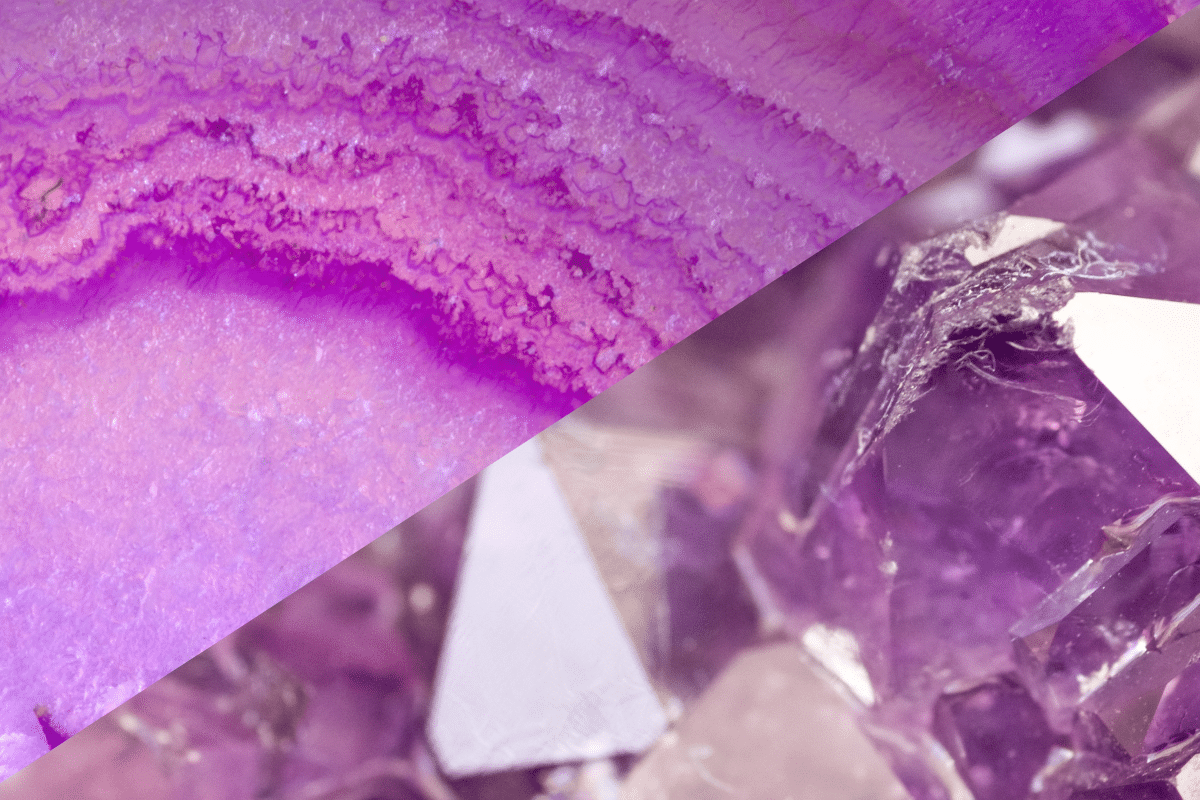
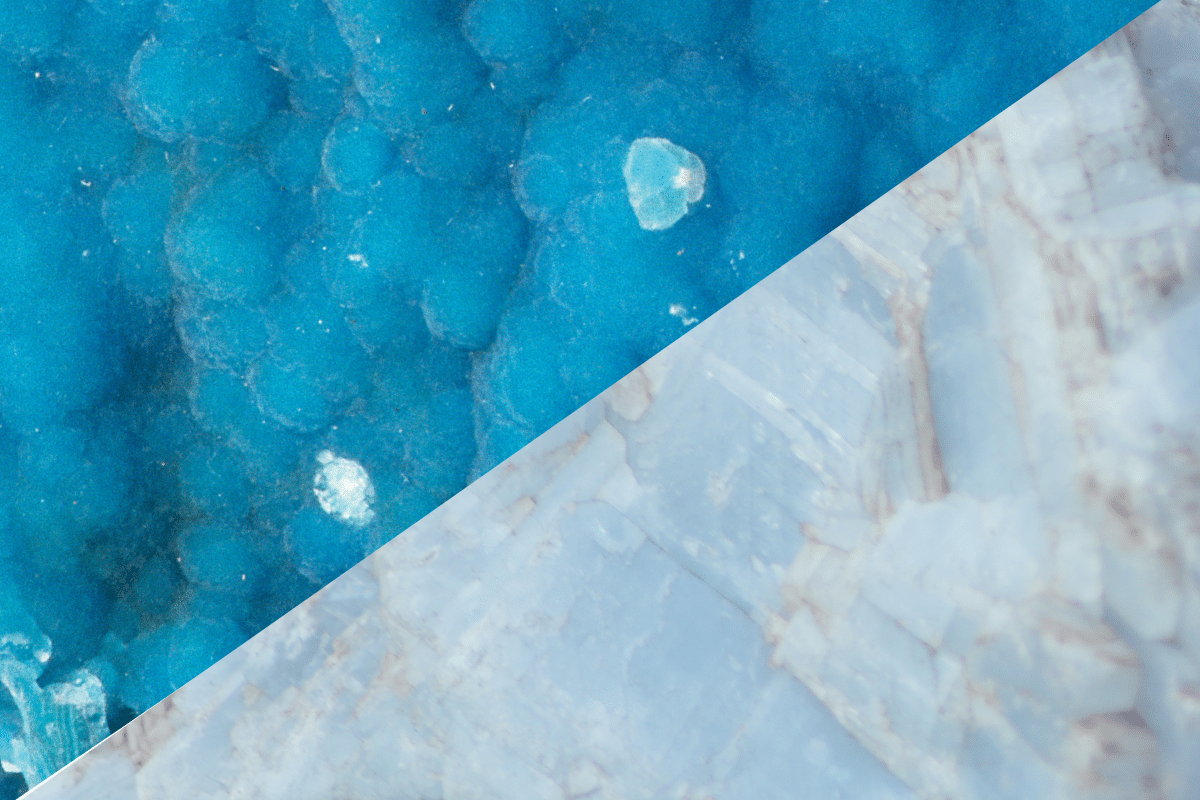


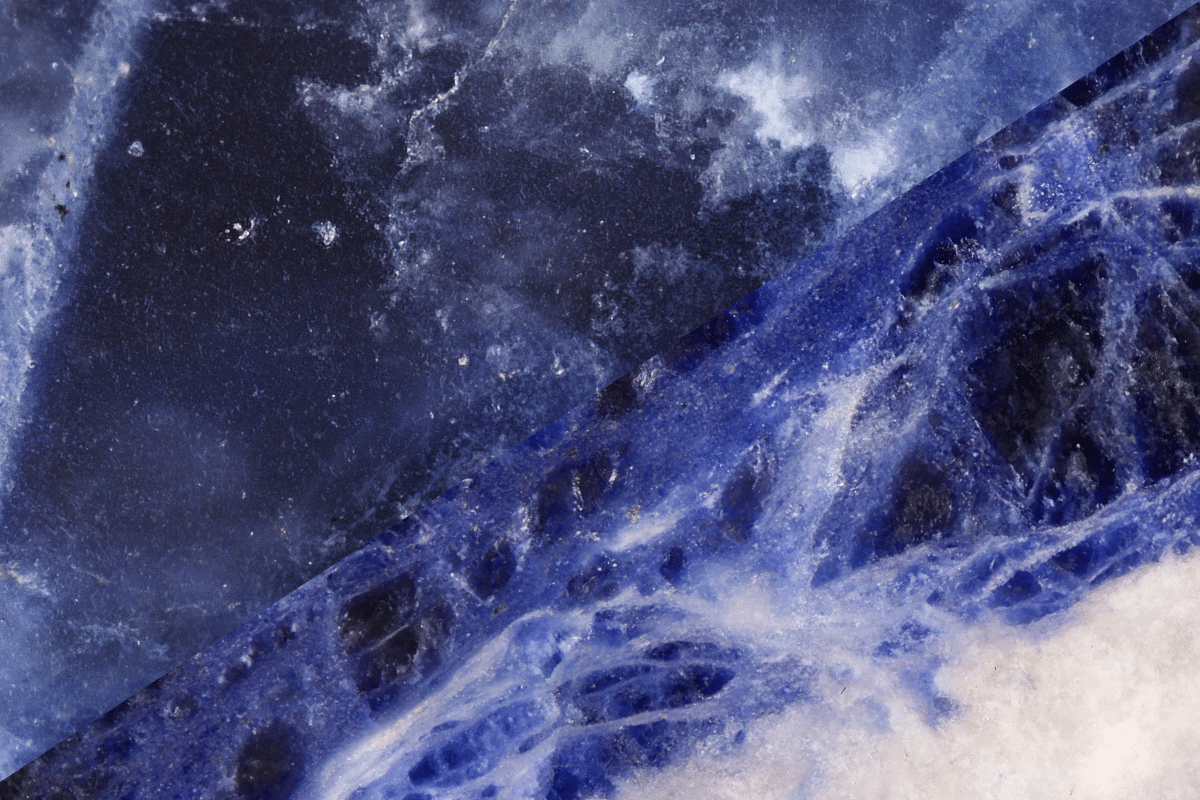
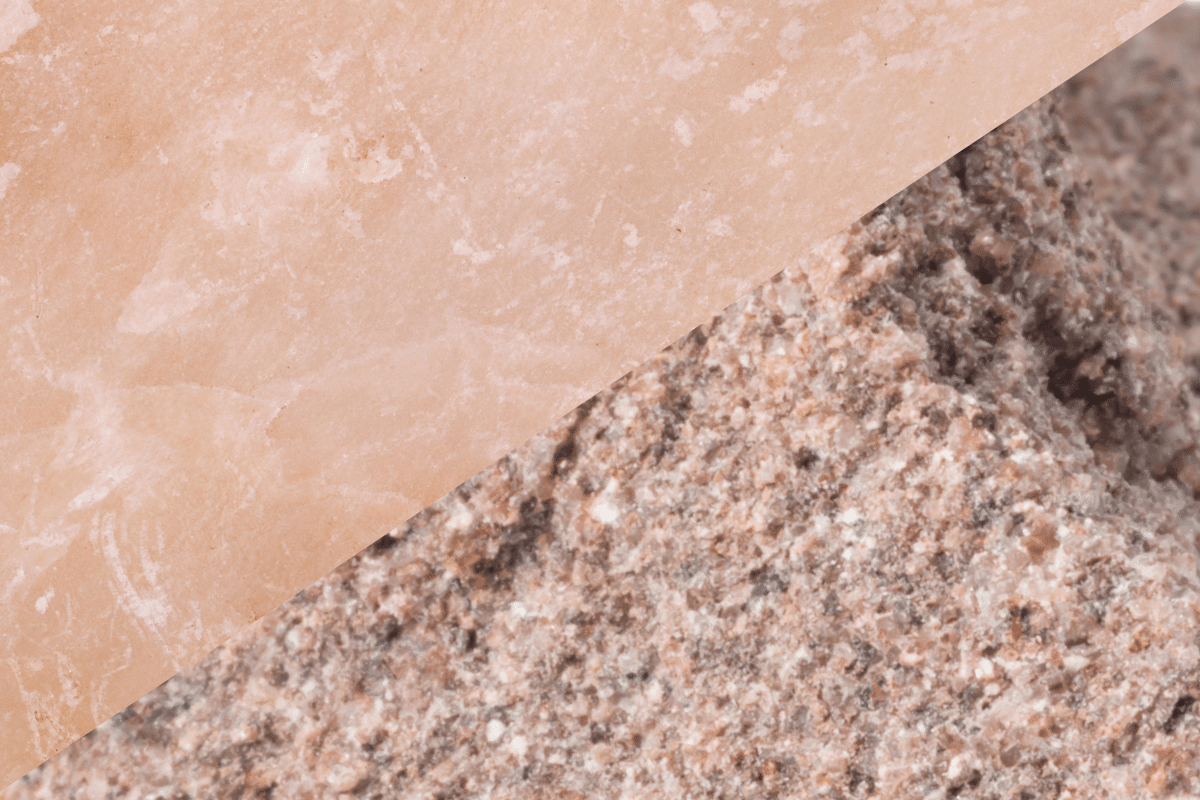
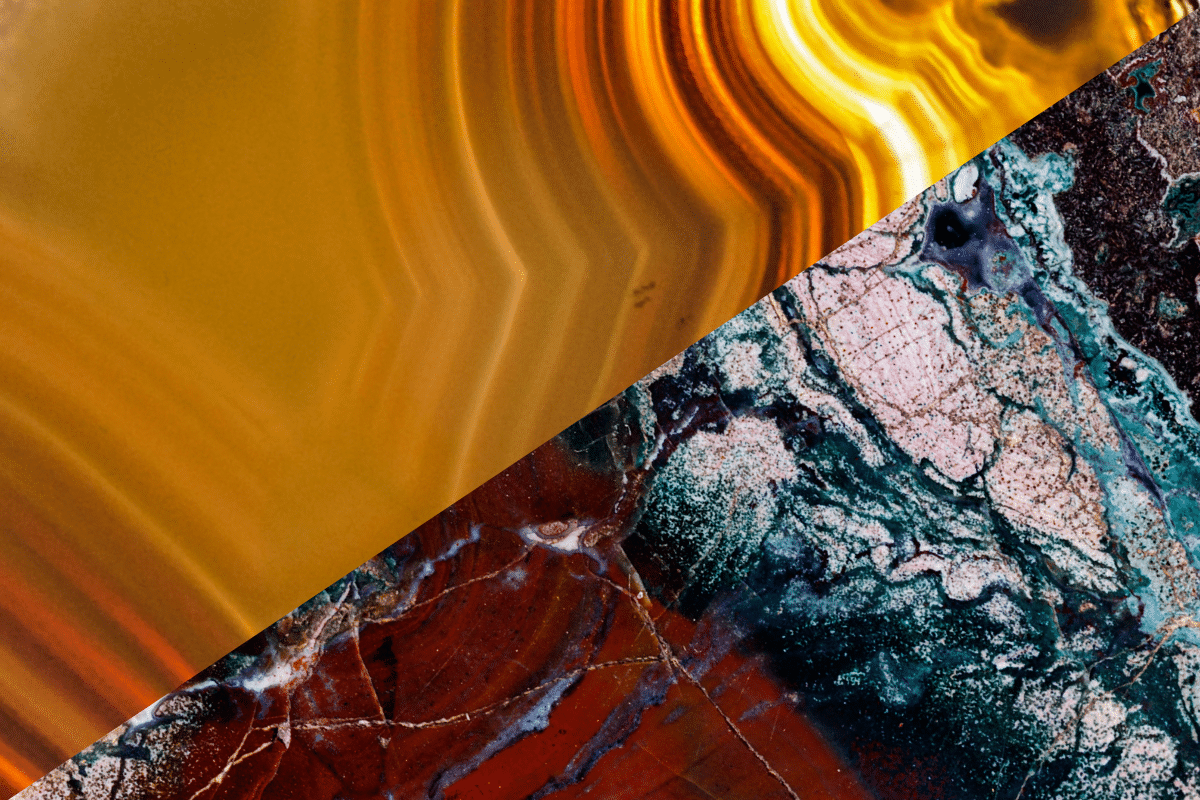
15 Comments